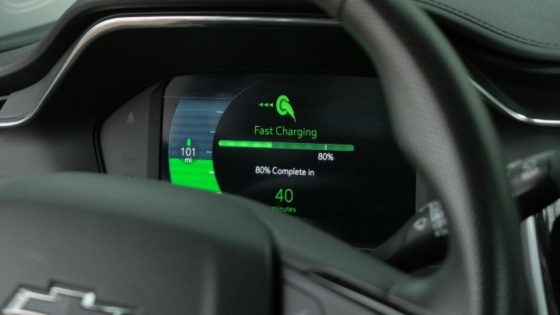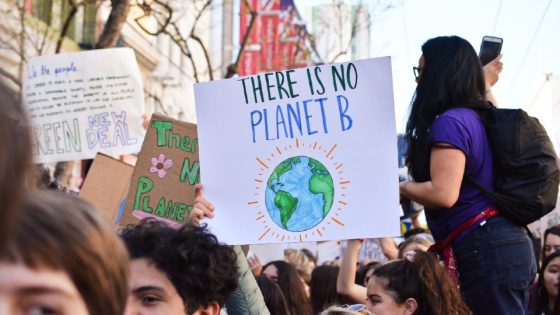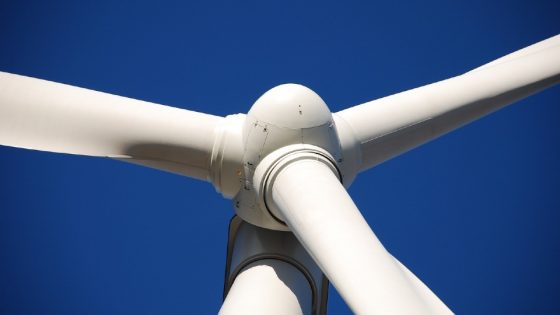By Indranil Ghosh, Founder, Tiger Hill Capital
The European Green Deal has always been a highly ambitious plan that targets a 50-55% reduction in EU CO2 emissions by 2030 and carbon neutrality for the region by 2050. But now that it’s become the centerpiece of the EU’s Covid-19 Recovery Plan, 25% of the total 2021-27 recovery budget will be allocated to Green Deal initiatives which are viewed as a powerful job creator in a time of rising unemployment.
Through the Green Deal and a series of upcoming reforms to the financial system, the EU will lead the world in implementing a comprehensive regulatory and investment framework to drive the transition to a zero-carbon economy. Furthermore, as outlined in a July 8th report ‘Towards a Hydrogen Economy in Europe: a Strategic Outlook,’ the EU is taking a bold stance to put clean hydrogen at the center of its transition plan.
European Green Deal: A Comprehensive Regulatory Package
Under the European Green Deal, the European Commission is undertaking a detailed review of all regulations to promote low-carbon technologies and phase out carbon intensive assets.
New directives will accelerate the deployment of renewable energy, energy efficiency initiatives, and emissions trading markets. The transport sector will be under pressure to achieve zero emissions by the 2030s, while industrial sectors will be required to use less materials according to new circular economy policies. Proposals are also expected for a carbon border tax to protect EU companies against unfair competition from other regions with lower environmental standards.
Central to the Green Deal is to invest heavily into the hydrogen economy so that it accounts for at least 13-14% of the EU’s energy mix by 2050, and possibly up to a quarter. The EU views clean hydrogen—hydrogen produced from the electrolysis of water using electricity generated from renewable energy sources—as a key vector for energy storage and transport, as well as in an energy grid with a growing proportion of intermittent energy sources like wind and solar. Clean hydrogen would also be a zero-carbon feedstock in industries like steel, ammonia, and other chemicals.
The European Commission estimates that up to €180 billion could be invested into clean hydrogen production by 2050, with public funds helping to catalyze that figure. Germany, the region’s economic engine, has committed €7 billion for new businesses and research so that it can reach its national plan for 5GW of hydrogen production by 2030 and 10GW by 2040.
In another key initiative, the EU will reform its Emissions Trading System (ETS), whereby companies must buy permits to emit carbon emissions, so that it better incentivizes renewables, such as by increasing the carbon price. The proceeds from the ETS will be put into an Innovation Fund which will make €10 billion available to support the development of low-carbon technologies.
Re-wiring the Financial System for Sustainability
To support the transition to a zero-carbon economy, Europe is also leading the way in re-wiring its financial system for sustainability. In 2019, the European Commission issued non-financial reporting guidelines for banks and insurers, based on the recommendations of the Taskforce on Climate-related Financial Disclosures (TCFD). Under these guidelines, banks and insurers will have to report how they expect climate change to affect their financial performance as part of their annual financial filings. It is likely that these guidelines will be converted into ‘hard’ regulation in the next few years.
The European Central Bank (ECB) has also indicated that it will integrate climate risk into the 2022 European Banking Authority stress tests. Since emissions are highly concentrated in a few companies—for example, three energy companies (RWE, E.ON, and ENBW) account for 38 percent of theCO2 emissions of Germany’s 250 largest emitters—the worst offenders will be quickly highlighted and face a higher cost of capital unless they take mitigating actions.
Furthermore, the EU is taking steps to ensure that investors’ environmental, social, and governance (ESG) preferences are considered before their capital is deployed. Under amended MiFID II rules, the EU will make it mandatory for asset managers, insurance companies, pension funds, and financial advisers to determine their clients’ ESG preferences and to recommend products and services which are suitably aligned. They will also be required to report how sustainability risks are expected to impact investment returns. These changes could come into effect in as little as a year-and-a-half.
Finally, by the end of 2021, the EU’s ‘Taxonomy Regulation’, which specifies what investments can be classed as sustainable, will also come into force. This should significantly reduce ‘greenwashing’ and give investors more confidence to invest in green assets.
The Challenge of Stranded Assets
Due to the direct physical risks of climate change or risks associated with the transition to a low-carbon economy, investors are increasingly realizing that many assets may become ‘stranded,’—unable to earn an economic return some time prior to the end of their economic life.
The highest concentration of stranded assets lies in climate-exposed real estate and industries dependent on fossil fuels like hydrocarbon extraction, non-renewable power generation and utilities, petrochemicals, and transportation.
In these sectors, we can expect more casualties such as the US utility PG&E, which filed for bankruptcy in 2019 due to damage caused by a spate of Californian wildfires induced by climate change. Other industries with high carbon dioxide emissions like steel, cement, textiles, and agriculture (especially animal husbandry) are also in the firing line.
Stranded assets are also leaving their mark on financial portfolios. In the last decade, BlackRock’s investments in fossil fuels have lost investors $90 billion. Banks, mortgage companies, and insurance companies are also feeling the pressure. According to Aon, 2017 and 2018 represented the costliest back-to-back years for insurers on record for weather-related disasters.
If Europe provides a window into future global action on climate change, the 2020s could be a decade in which a large-scale capital shift leaves a multitude of stranded assets in its wake. For example, almost 30% of the Fortune 500 consists of companies in the energy, industrials, transportation, and logistics sectors—most with considerable carbon exposure.
However, unless the pipeline of green projects is greatly expanded, investors could be left scrambling to redeploy capital into a limited set of ‘climate-proof’ assets. For example, clean hydrogen represents just 1% of current hydrogen production, with 76% coming from natural gas and 23% from coal. That’s why initiatives like the Clean Hydrogen Alliance, also officially launched on July 8th, will play a critical role. The Alliance will build a pipeline of large-scale investment projects in clean hydrogen, and identify technology needs and regulatory barriers holding back large-scale projects.
The European Green Deal is rightly the centerpiece of the EU’s vision for its future. Not only will it be vital for helping to keep global temperature rises below 2°C, it will also be a powerful lever to help the region recover economically from the pandemic.
About The Author
Indranil Ghosh is an MIT-trained scientist, sustainable investor, author, and strategic advisor to governments and leading global corporations. Prior to founding Tiger Hill Capital in London Ghosh was Head of Strategy at Mubadala, Abu Dhabi’s Sovereign Investment and Development Fund and held senior roles at Bridgewater Associates and McKinsey & Co. His new book is Powering Prosperity: A Citizen’s Guide to Shaping the 21st Century – https://www.tigerhillcapital.com/powering-prosperity
Image by Free-Photos from Pixabay






